Time Period: Louisiana Purchase through Early Statehood (1803 - 1860)
McVicar House
Mechanics’ Institute of Little Rock
Meek, John Alexander
Memphis to Little Rock Road
aka: Military Road (Memphis to Little Rock)
Menifee, Nimrod P.
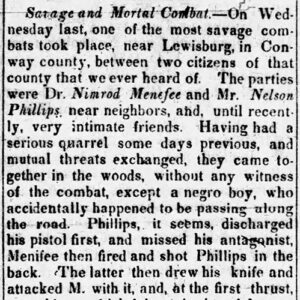 Menifee/Phillips Duel Story
Menifee/Phillips Duel Story
Mexican War
aka: U.S.-Mexican War
aka: Mexican-American War
Military Land Grants
aka: Military Bounty Warrants
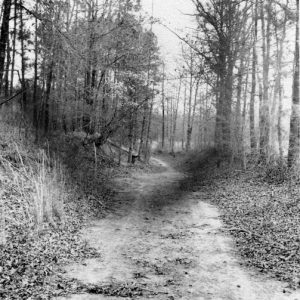 Military Road
Military Road
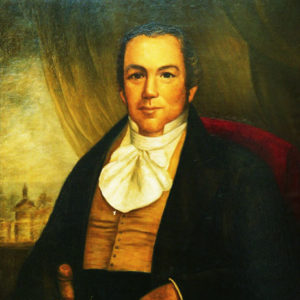 James Miller
James Miller
Miller, James
Miller, James Brown (Jim)
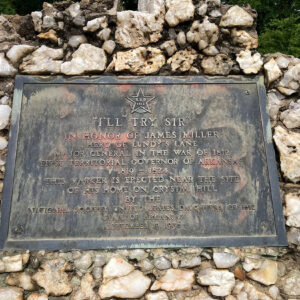 James Miller Memorial
James Miller Memorial
Mississippi River Lynching of 1841
Mississippi, Ouachita and Red River Railroad
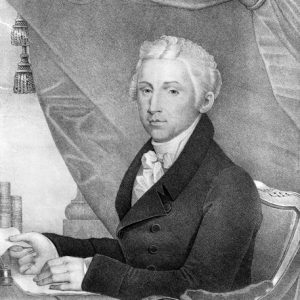 James Monroe
James Monroe
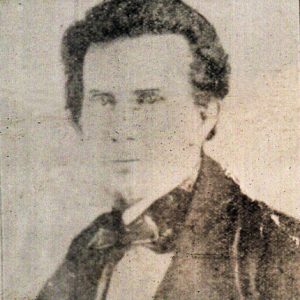 James Moore
James Moore
 Morris House
Morris House
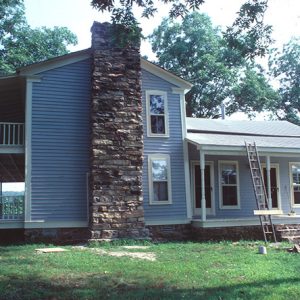 Morris House
Morris House
Morris House (White County)
aka: Conley-Siler Residence
Morrison Plantation Smokehouse
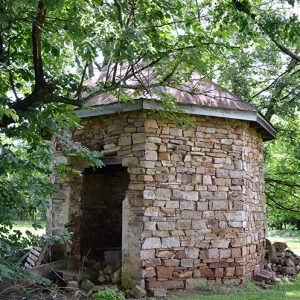 Morrison Plantation Smokehouse
Morrison Plantation Smokehouse
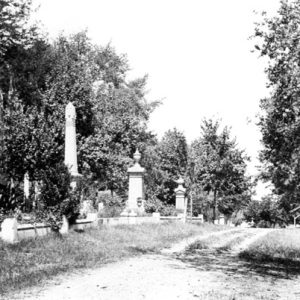 Mount Holly Cemetery
Mount Holly Cemetery
 Mountain Meadows Massacre Monument
Mountain Meadows Massacre Monument
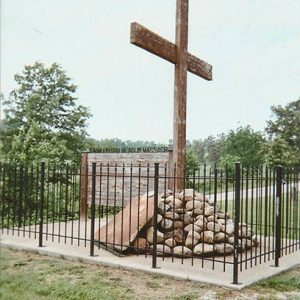 Mountain Meadows Massacre Monument
Mountain Meadows Massacre Monument
Mountain Meadows Massacre
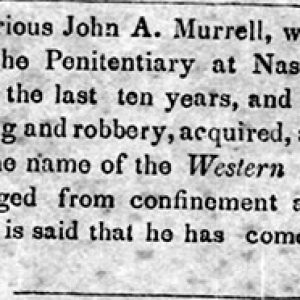 John A. Murrell Article
John A. Murrell Article
Murrell, John Andrews
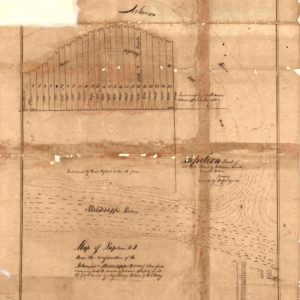 Napoleon Map
Napoleon Map
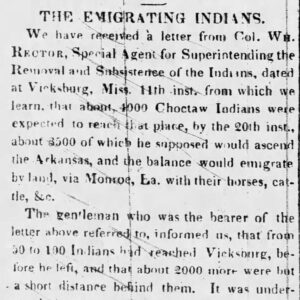 Native American Emigration Story
Native American Emigration Story
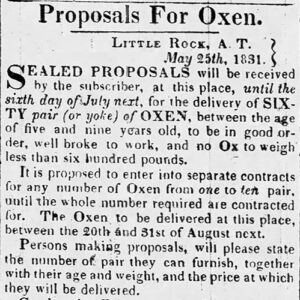 Native American Supplies Ad
Native American Supplies Ad
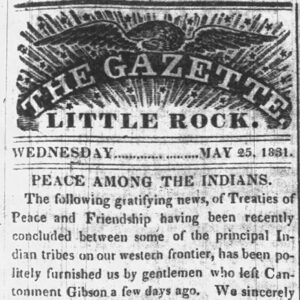 Native American Treaty Story
Native American Treaty Story
Neosho [Steamboat]
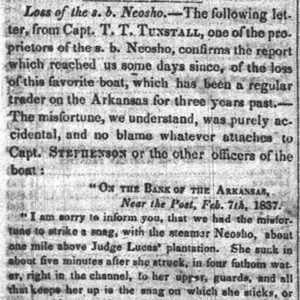 Neosho Steamboat Article
Neosho Steamboat Article
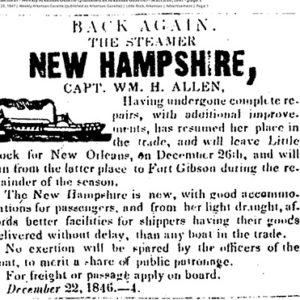 New Hampshire Steamboat Ad
New Hampshire Steamboat Ad
New Hampshire [Steamboat]
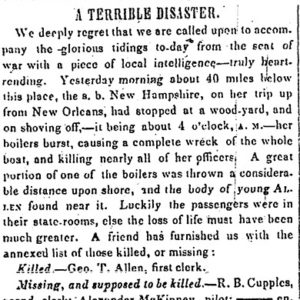 New Hampshire Steamboat Article
New Hampshire Steamboat Article
New Madrid Earthquakes of 1811-1812
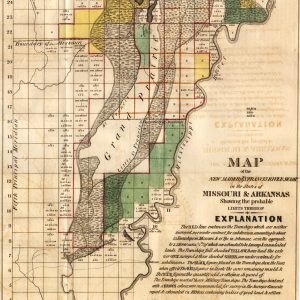 New Madrid/St. Francis River Swamp
New Madrid/St. Francis River Swamp
Newton House Museum
Newton Sutterfield Farmstead
Newton, Thomas Willoughby
Noland, Fent
aka: Charles Fenton Mercer (Fent) Noland
 Fent Noland
Fent Noland
 Fent Noland
Fent Noland
Norristown Cemetery
Notrebe, Frederick
Nuttall, Thomas
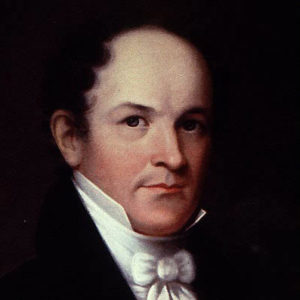 Thomas Nuttall
Thomas Nuttall




